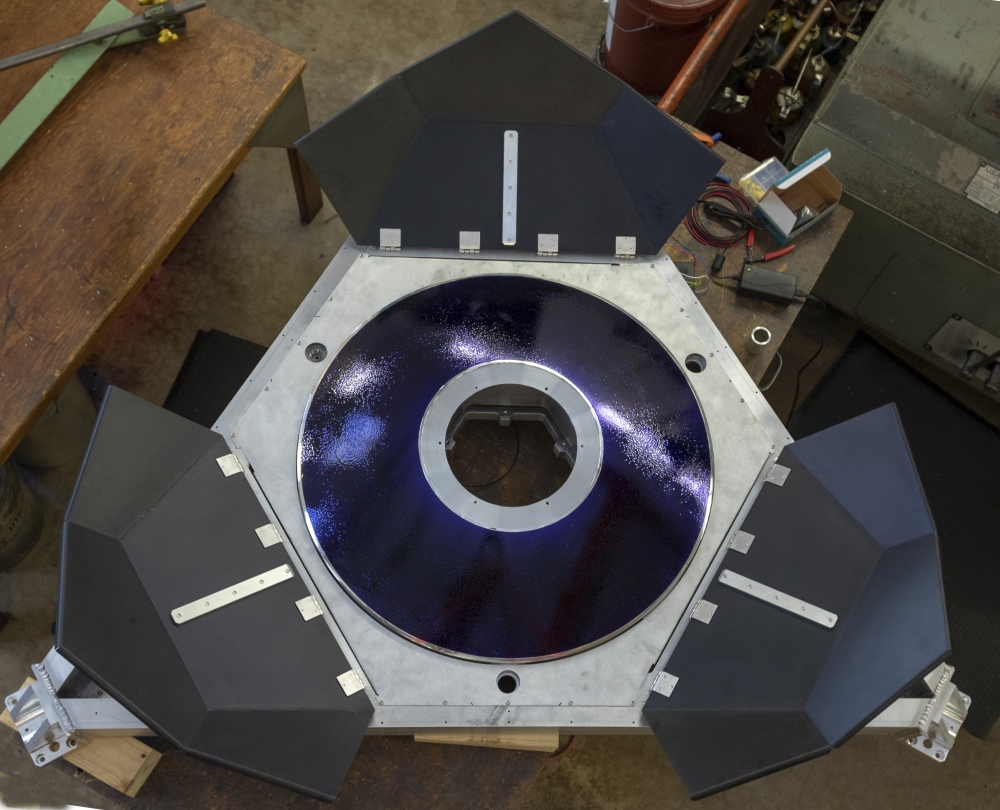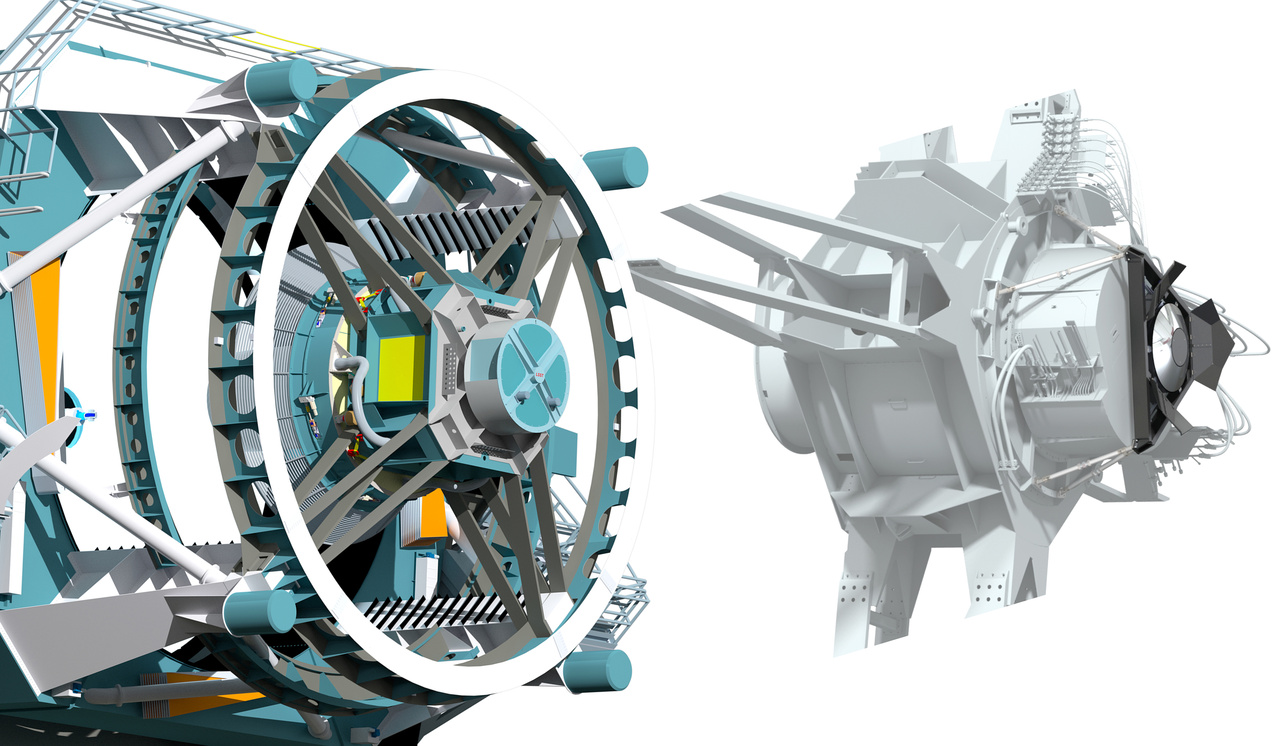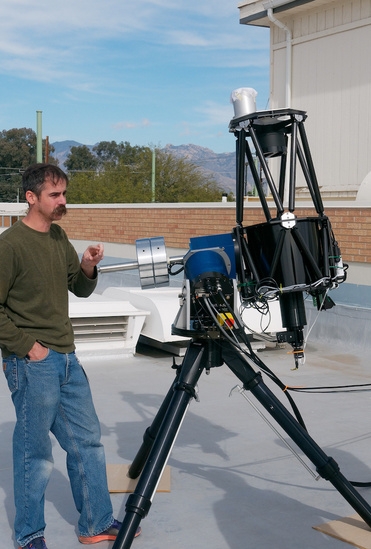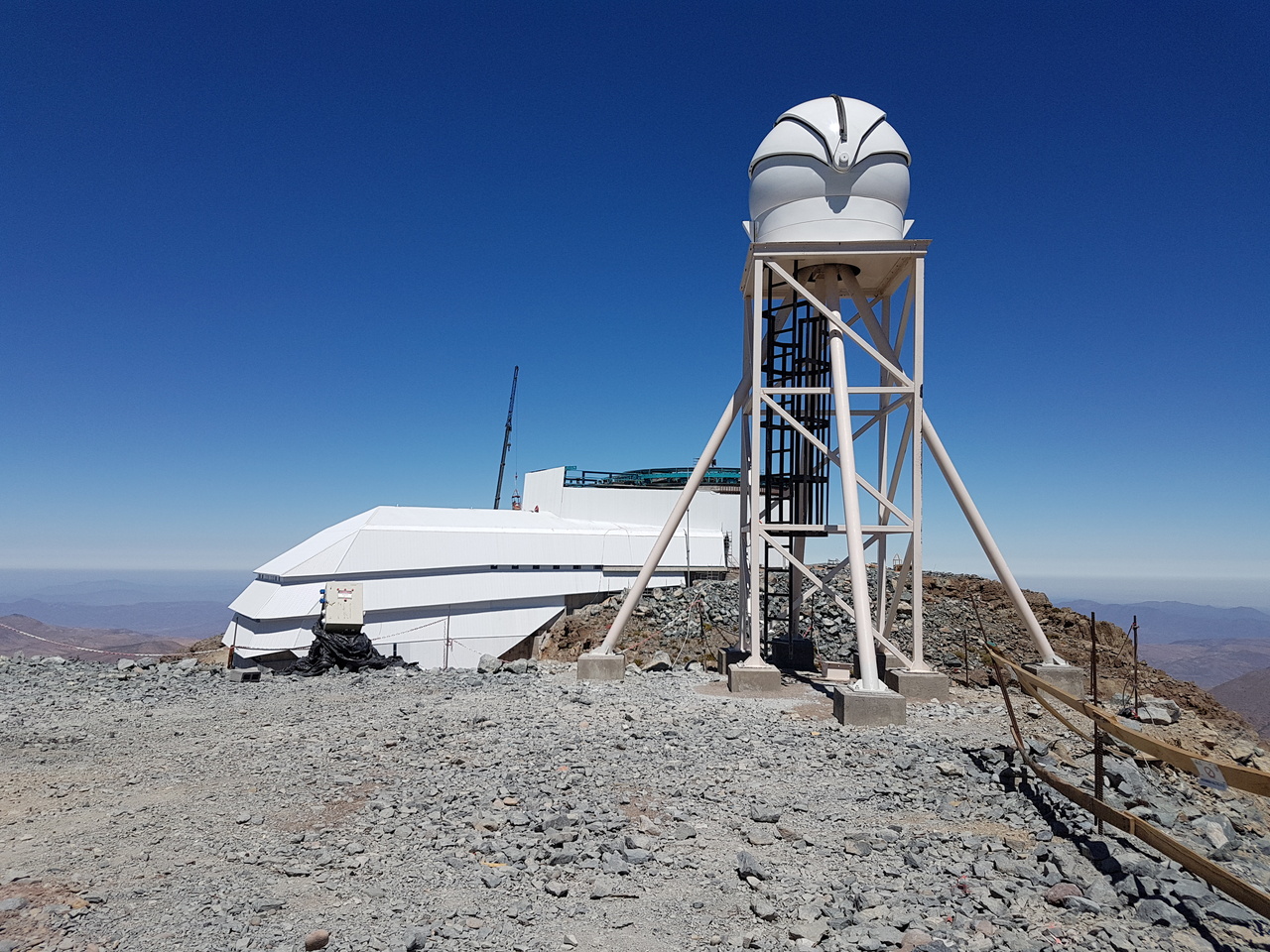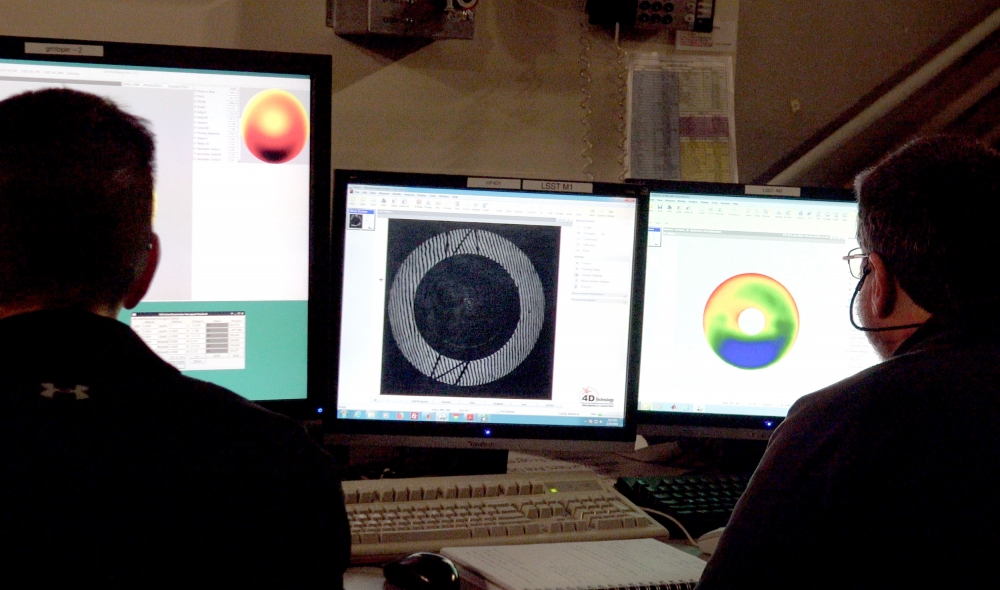After a 35-day partial shutdown, normal U.S. government operations have resumed until at least mid-February. LSST senior management staff will continue to work with AURA and the NSF to keep the Project moving forward and to minimize the effects of future disruptions.
A magnitude 6.7 earthquake occurred in Chile on January 19, affecting the La Serena region. Electricity and communications were interrupted but quickly restored, and inspections by LSST staff revealed no significant damage. Thanks to LSST and Mountain Operations staff in Chile for ensuring the safety of people and equipment during and after the event.
Following the 233rd AAS meeting in Seattle, the Project Science Team had a face-to-face meeting on January 10-11. After presentations by Amanda Bauer about updated EPO construction plans and by Lynne Jones about 46 submitted cadence white papers, the PST discussed software coordination across the Project, Project funding contingency levels, and anticipated technical challenges as we approach the end of construction. The areas taking the most current management attention include the Telescope Mount Assembly, the telescope dome, the observatory control software, and mitigation of the camera contamination and refrigeration system issues.
Assembly work on the LSST Coating Plant is underway at the summit facility building on Cerro Pachón; a crew from Von Ardenne, the LSST Coating Chamber vendor, started the current phase of work early in January. On January 10, Von Ardenne and the LSST team successfully installed the four lifting jacks that support the upper chamber, each weighing approximately 3.5 tons. Shortly thereafter, the upper chamber with its rotating upper platform and vacuum pumps was successfully integrated to the jacks, which will eventually support the full upper vessel load (97 tons). Photos of the ongoing work are available in the LSST Gallery.
The LSST Primary/Tertiary Mirror (M1M3) is currently in the Richard F Caris Mirror Lab at the University of Arizona for optical testing. In January, the M1M3 on its support system was positioned at the bottom of the Mirror Lab’s interferometry tower in anticipation of two test campaigns. The first, which has just concluded, took place from January 14-25. The second campaign is scheduled for February 11-22. Read more about the tests in this recent news post. Photos are also available in the LSST Gallery.
The LSST Science Advisory Committee met in Princeton on January 22-23 to review the 46 white papers submitted in response to the call for cadence optimization. The output of their deliberations will be recommendations for runs of the LSST Operations Simulator, exploring the range of cadence options suggested in the white papers.
LSST IN THE MEDIA
Jeff Kantor, LSST IT Senior Manager, was interviewed about LSST for the podcast Looking Up, in an episode that originally aired on the radio in Cape Town, South Africa, on January 18th. Listen to the podcast at this link.
CORPORATION NEWS
Congratulations to Federica Bianco, LSST Science Collaborations Coordinator, who was selected as one of the 2019 TED Fellows. TED Fellows are described as “leaders in their fields, looking for new ways to collaborate and address today’s most complex challenges.”
UPCOMING MEETINGS with LSST INVOLVEMENT
(those with asterisk* are LSSTC funded):
2019 | |
Feb 26 - Mar 1 | Dark Energy Science Collaboration (DESC) Collaboration Meeting and Hack Day.* |
March 6-9 | Towards Science in Chile with LSST Workshop, La Serena, Chile |
March 26-27 | Project Science Team (PST) meeting, Tucson, AZ |
April 1-2 | AMCL Meeting, Pasadena, CA |
April 8-9 | LSST Corporation Institutional Board Face to Face Meeting, Phoenix, AZ |
May 20-23 | LSST@Asia, Sydney, Australia* |
NOTICIAS DEL PROYECTO & DE LA CIENCIA
Después de un cierre parcial de 35 días, las operaciones normales del gobierno estadounidense se han reanudado hasta al menos mediados de febrero. El personal de alta gerencia de LSST seguirá trabajando con AURA y la NSF para mantener el avance del Proyecto y minimizar los efectos de futuras interrupciones.
Un terremoto de magnitud 6.7 ocurrió en Chile el 19 de enero, afectando la región de La Serena. La electricidad y las comunicaciones se interrumpieron, pero se restauraron rápidamente, y las inspecciones por el personal LSST no revelaron ningún daño significativo. Gracias a LSST y personal de Operaciones de la Montaña en Chile por velar por la seguridad de las personas y de equipos durante y después del acontecimiento.
Después de 233 Reunión AAS en Seattle, el Equipo Científico del Proyecto tuvo una reunión cara a cara el 10-11 de enero. Después de las presentaciones por Amanda Bauer sobre los planes actualizados de EPO de construcción y por Lynne Jones con aproximadamente 46 artículos sobre la cadencia presentados, PST habló de la coordinación de software a través del Proyecto, niveles de contingencia financiera del Proyecto y desafíos técnicos previstos ya que nos acercamos al final de la construcción. Las áreas que se están llevando la mayor atención de la gerencia incluyen el Ensamblaje del Montaje del Telescopio, la cúpula del telescopio, el software de control del observatorio y la mitigación de la contaminación de la cámara y temas con el sistema de refrigeración.
El trabajo de ensamblaje de la Planta de Revestimiento de LSST está en curso en el edificio de la instalación de la cumbre en Cerro Pachón; un equipo de Von Ardenne, el vendedor de la Planta de Revestimiento de LSST, comenzó la fase actual del trabajo a principios de enero. El 10 de enero, Von Ardenne y el equipo de LSST instalaron exitosamente los cuatro gatos elevadores que apoyan la cámara alta, cada uno pesando aproximadamente 3,5 toneladas. Justo después de eso, la cámara alta con su plataforma superior rotativa y bombas de vacío integraron con éxito a los gatos, que eventualmente apoyarán la carga del recipiente superior (97 toneladas). Las fotos del trabajo en curso están disponibles en la Galería de LSST LSST Gallery.
El Espejo Primario/Terciario (M1M3) de LSST está actualmente en Richard F Caris Mirror Lab en la universidad de Arizona para pruebas ópticas. En enero, el M1M3 en su sistema de apoyo se posicionó en el fondo de la torre de interferometría de Mirror Lab en anticipación de dos campañas de prueba. La primera, que acaba de concluir, ocurrió del 14-25 de enero. La segunda campaña está programada para el 11-22 de febrero. Lea más sobre las pruebas en estas noticias recientes news post. Las fotos también están disponibles en la Galería de LSST LSST Gallery.
El Comité Asesor de la Ciencia LSST se reunió en Princeton el 22-23 de enero para revisar los 46 artículos presentados en respuesta a la llamada a la optimización de la cadencia. El resultado de sus deliberaciones serán recomendaciones para las pruebas del Simulador de Operaciones LSST, explorando la variedad de opciones de la cadencia sugeridas en los artículos.
LSST EN LOS MEDIOS
Jeff Kantor, Gerente Senior de IT, fue entrevistado sobre LSST para el podcast Looking Up, en un episodio que originalmente se transmitió por la radio en Ciudad del Cabo, Sudáfrica, el 18 de enero. Escuche el podcast en este enlace link.
NOTICIAS DE LA CORPORACIÓN
Felicitaciones a Federica Bianco, Coordinadora de Colaboraciones de la Ciencia de LSST, que fue seleccionada como una TED Fellows de 2019. Se describe a los TED Fellows como “líderes en sus campos, buscando nuevos modos de colaborar y dirigirse a los desafíos más complejos de hoy”.
PRÓXIMAS REUNIONES CON LA PARTICIPACIÓN DE LSST
(aquellas con asterisco* son financiadas por LSSTC):
2019 | |
Feb 26-Mar 1 | Reunión de Colaboración Dark Energy Science Collaboration (DESC) y Hack Day.* |
Marzo 6-9 | Taller Towards Science in Chile with LSST, La Serena, Chile |
Marzo 26-27 | Reunión del Equipo Científico del Proyecto (PST), Tucson, AZ |
Abril 1-2 | Reunión AMCL, Pasadena, CA |
Abril 8-9 | Reunión Cara a Cara de la Junta Institucional de la Corporación LSST, Phoenix, AZ |
Mayo 20-23 | LSST@Asia, Sydney, Australia* |
Agosto 19-28 | La Serena School for Data Science: Applied Tools for Data-driven Sciences, La Serena, Chile |


